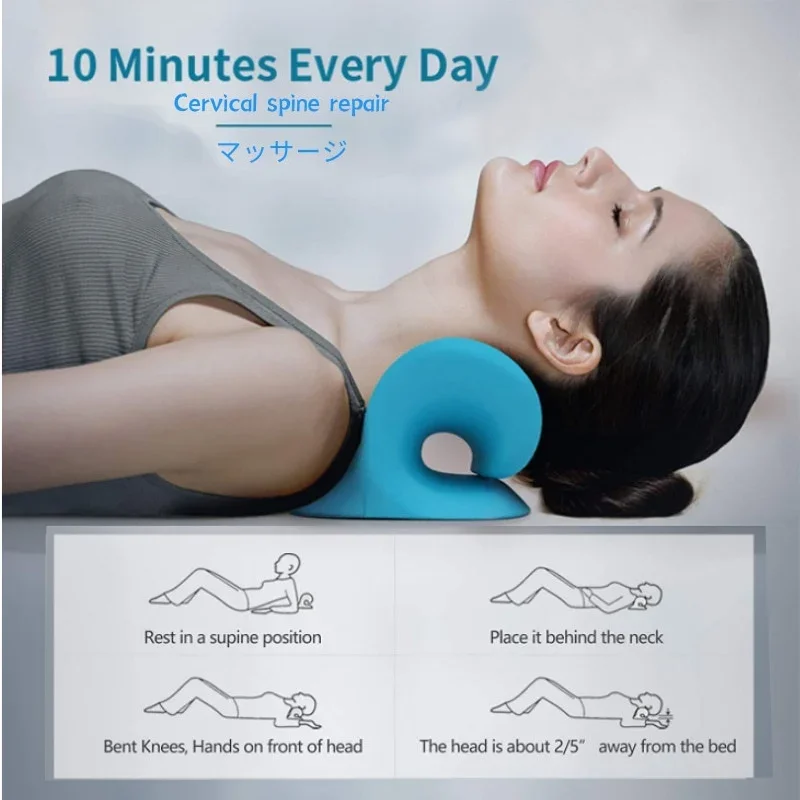In the realm of health and wellness, natural remedies are gaining traction for their effectiveness and fewer side effects. One such remedy making waves is Peruvian Sea Moss, a key ingredient in Dr. Carla's Bone and Joint Rebuilder. This remarkable seaweed is lauded for its numerous health benefits, particularly for bone and joint health. Let’s dive into the advantages of incorporating Peruvian Sea Moss into your diet.
What is Peruvian Sea Moss?
Peruvian Sea Moss, also known as Chondrus crispus or Irish moss, is a type of red algae found along the coasts of Peru and other parts of the world. Rich in nutrients, this sea vegetable has been used for centuries in traditional medicine, primarily for its health-promoting properties.
Nutritional Profile
Peruvian Sea Moss is a powerhouse of essential vitamins and minerals:
- Vitamins: It contains vitamins A, C, E, K, and several B vitamins.
- Minerals: It's abundant in calcium, magnesium, potassium, and phosphorus, all crucial for bone health.
- Iodine: Vital for thyroid function and metabolism regulation.
- Antioxidants: Helps fight free radicals and reduce inflammation.
Benefits for Bone Health
1. Strengthens Bones: The high calcium and magnesium content found in Peruvian Sea Moss plays a significant role in maintaining strong bones. Calcium is fundamental for bone structure, while magnesium helps in calcium absorption.
2. Promotes Bone Density: With age, bone density decreases, leading to conditions like osteoporosis. Regular intake of Peruvian Sea Moss may help slow down this process by supporting overall bone health.
3. Prevents Mineral Deficiency: Many people do not get adequate minerals from their diet, contributing to weaker bones. Peruvian Sea Moss is a fantastic natural source of essential minerals, helping prevent deficiencies.
Benefits for Joint Health
1. Anti-Inflammatory Properties: Chronic inflammation often leads to joint pain and conditions like arthritis. Peruvian Sea Moss has anti-inflammatory properties, which can help reduce inflammation in joints and alleviate pain.
2. Supports Cartilage Repair: The nutrients in Peruvian Sea Moss support the repair and maintenance of cartilage, the cushioning material in joints. This can enhance joint flexibility and mobility.
3. Rich in Gelatinous Fiber: This sea moss contains carrageenan, a substance that helps lubricate joints and may enhance overall joint function.
Enhanced Recovery and Performance
Athletes and active individuals may benefit notably from Peruvian Sea Moss. Its mineral content supports muscle contractions and recovery post-exercise, reducing muscle soreness and enhancing performance.
Additional Health Benefits
Beyond bone and joint health, Peruvian Sea Moss offers numerous other advantages:
- Digestive Health: It acts as a prebiotic, promoting gut health by feeding beneficial bacteria in the gut.
- Immune Support: Its rich nutrient profile helps strengthen the immune system.
- Skin Health: Many skincare products incorporate sea moss due to its moisturizing properties.
Peruvian Sea Moss is undoubtedly an impressive superfood with compelling benefits, particularly for bone and joint health. As a rich source of essential nutrients, it helps to enhance overall wellness, supporting both the skeletal system and joint functionality. Including this extraordinary sea moss in your diet, whether through gels, powders, or capsules, can significantly boost your health journey. Always consult with a healthcare professional before starting any new supplement to ensure it's the right fit for your individual needs. Remember, natural solutions like Peruvian Sea Moss can contribute to a healthier and more active lifestyle.


















